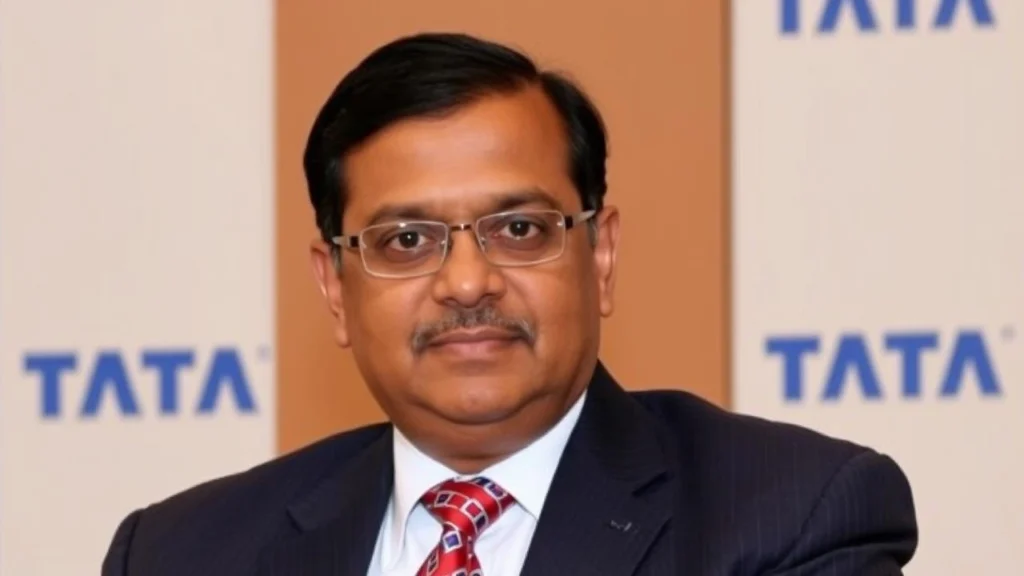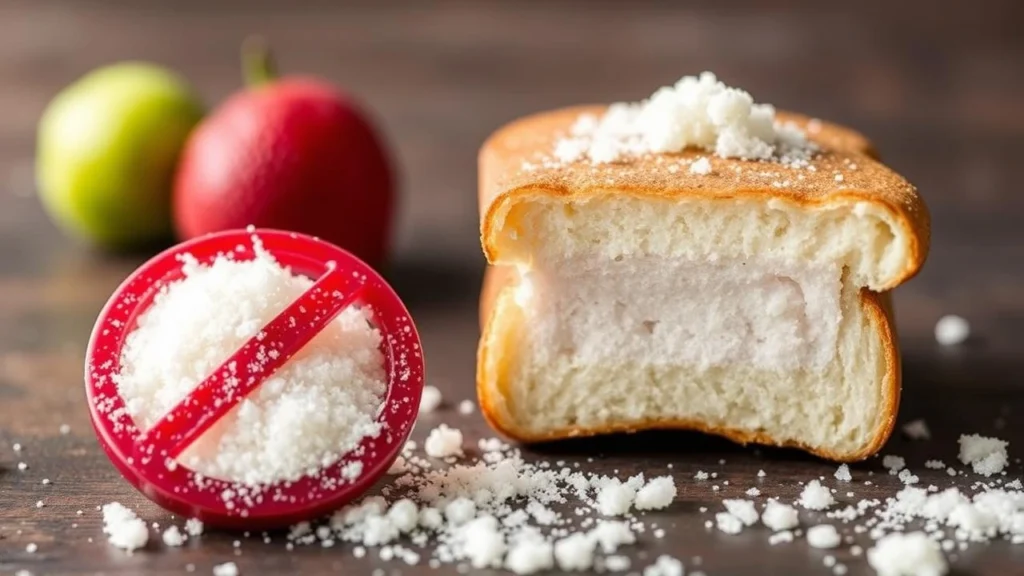Might this be the year that stagflation returns to the US? It has been half a century: The last time the US economy had both excessively high inflation and unduly high unemployment was in the mid-1970s, with inflation rates reaching 12.2% in 1974 and unemployment at 8.5% in 1975.
The new stagflation is unlikely to be as extreme as that. The latest inflation report came in at 3% for 2024, up from 2.4% in September. Still, there are few signs that the rate is falling. Recent data suggest that rents will increase at a modestly higher rate than in times past, and shelter costs account for about one-third of the consumer price index. Ongoing wage growth is another inflationary pressure.
Also Read: It’s easy to guess why Trump has quit talking about inflation
Then there is President Donald Trump’s trade policy. It remains to be seen whether tariffs will prove durable, but current policy will probably lead to some retail price hikes. Even if most of the tariffs are removed or never instituted, manufacturers will think twice before building additional economic bridges to Canada and Mexico. Over the next few years, that will lead to higher costs and eventually higher prices.
Furthermore, the Federal Reserve cut interest rates by 25 basis points in December, a decision that now appears mistaken. That is more likely to incite than defuse inflationary pressures.
Of course, many of these problems predate the Trump administration, so even if Trump changes course on some policies, much of the basic momentum is already there. In any case, Trump’s current plans are not well suited to fighting stagflation.
Kevin Hassett, one of Trump’s economic advisors, has suggested that the anti-inflation plan was lower aggregate demand and increased labour supply, but that is unlikely to succeed. The US already is close to full employment, and lower aggregate demand might spur or accelerate a recession.
And it gets tougher yet. Trump is a longstanding fan of low interest rates and easy money, for example, and one scenario is that he tries to impose his will on the Fed, leading to higher inflation rates.
A more likely outcome, but still bad for the inflation rate, is that actual or threatened Trumpian interventions make the central bank more difficult to manage. That could limit the Fed’s ability to bring down the inflation rate in an orderly manner. Fed predictability and credibility are simply much harder to establish in the present environment.
Also Read: Mint Quick Edit | Trump versus Powell on US Fed policy
What about unemployment? There is a general consensus that the labour market has stayed broadly stable, but hiring is slowing down and people are less likely to quit their jobs. The overall situation appears more vulnerable. Meanwhile, the global geopolitical order is fraying, and the current policy uncertainty may damage the prospects for domestic investment. While I am optimistic about the economic prospects for artificial intelligence, progress could be bumpy rather than smooth.
If you accept the notion that inflation is more likely to rise than fall, and that the labour market is more likely to worsen than improve, then the chances for a modest stagflation are reasonably high.
Many commentators predicted stagflation when the inflation rate rose to 8.9% after Covid and the Fed had to disinflate. Yet stagflation did not come, perhaps because the Fed and its policy was so credible and expected. It is harder to expect the same today.
The good news, if that’s the right adjective, is that this is likely to be one of the gentler stagflations in history. But how will voters react to higher inflation, especially when Trump campaigned and won in part by promising to end inflation? The chance of a policy mistake seems especially high. Trump might even consider a mix of corporate scapegoating and wage and price controls, as did Richard Nixon.
Also Read: Jonathan Levin: Trump fanned the inflation fears that haunt his presidency now
The broader reality is that macroeconomic policy, regardless of who is president, does not offer many useful tools for beating stagflation without inducing a recession. A lot of macroeconomic advice consists of either lowering or raising aggregate demand, and neither of those decisions will solve all the problems in a stagflation.
So is it time to panic? No, it is never time to panic. But it may well be time to consider moving into a state of marginally higher emotional worry. ©Bloomberg
#economy #stagflation #making #comeback #Trump #turbulence






